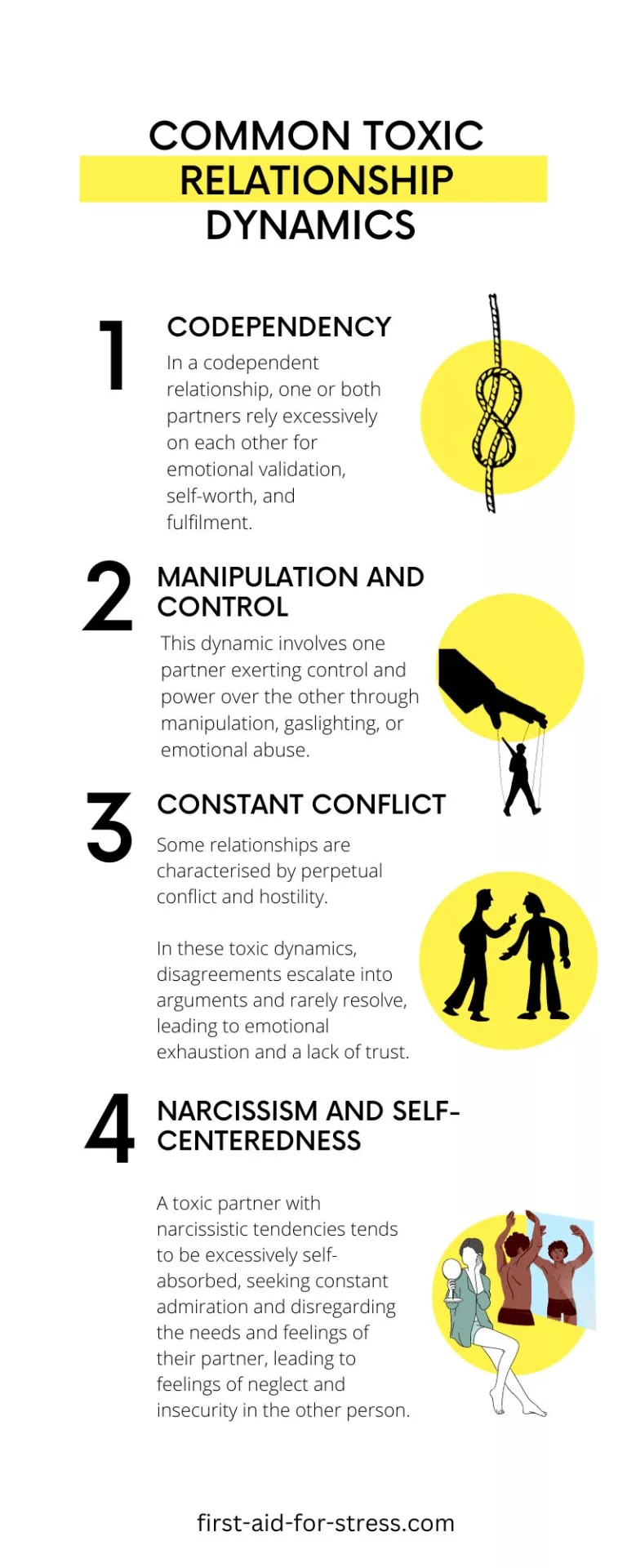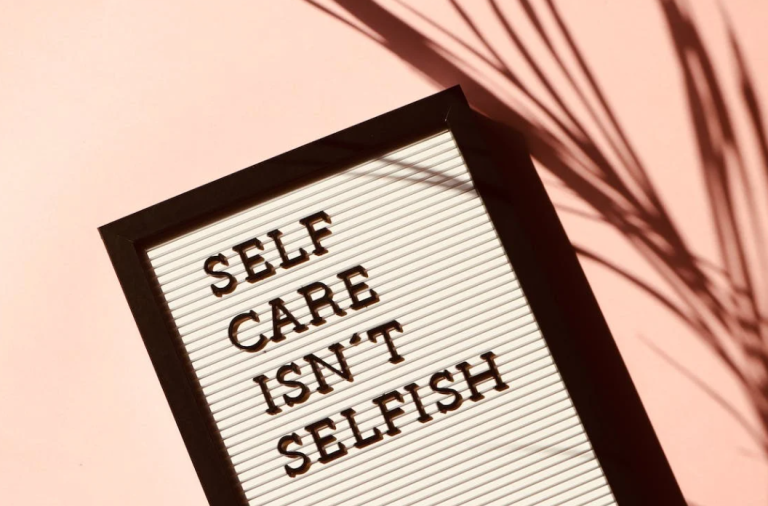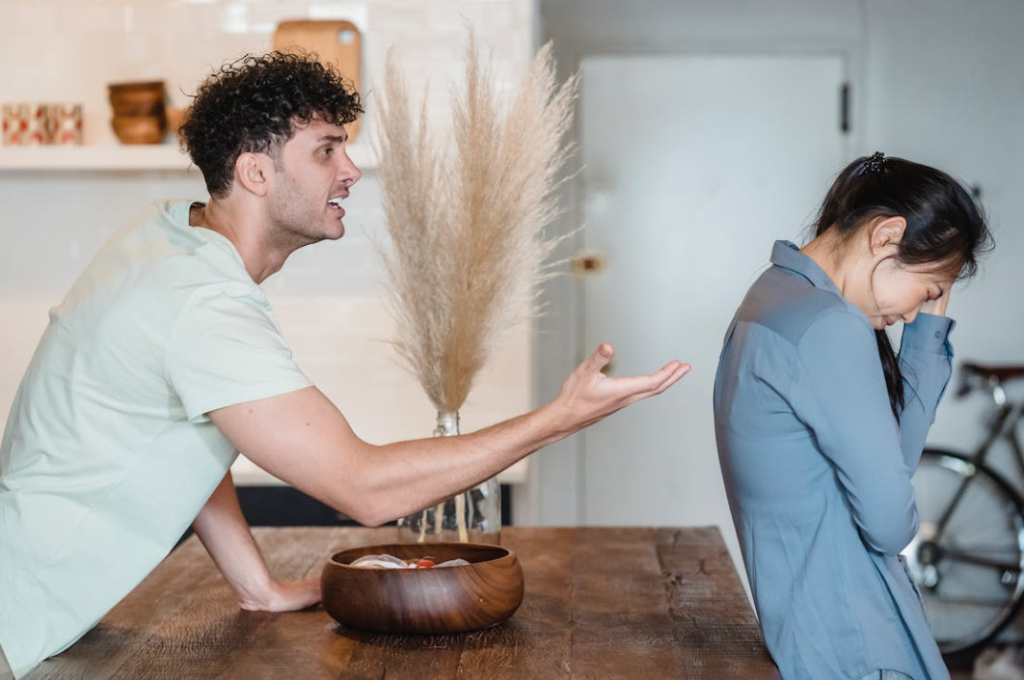Summary - How To Fix A Toxic Relationship
Being in a toxic relationship can be a confusing and awful place to be. It is difficult to identify if you are in a toxic relationship and at what point the relationship stops being toxic and starts becoming abusive.
It could be toxic if you are in a relationship that brings you more pain and suffering than joy. Accepting that you might be in an unhealthy relationship can be challenging because there is still love underneath all the suffering.
You probably still remember the reasons you got together. You still remember the good times, the passion and joy you experienced with each other at the beginning of the connection. You wonder if it is even possible to get back to those times.
This is a very regular thought pattern. Of course, you would want to be able to fix the relationship and regain what you had before. Unfortunately, it is often not as simple as fixing the relationship because there are two of you involved. As we will explore in this article, the question may be less about how to improve your relationship and more about how to heal yourself and, in many cases, move on.
Common toxic relationship dynamics

When understanding toxic relationships, research is your friend. It can be helpful to read up about the types of unhealthy relationships, as this can help you to understand the issues you are encountering. Educating yourself is an empowering process as you realise that you are not the only person who has found yourself experiencing a toxic relationship. As a starting point, here are the most common toxic relationship dynamics.
Codependency: In a codependent relationship, one or both partners rely excessively on each other for emotional validation, self-worth, and fulfilment. They may lose their sense of self and become overly enmeshed, often leading to feelings of suffocation and dependency.
Manipulation and Control: This dynamic involves one partner exerting control and power over the other through manipulation, gaslighting, or emotional abuse. To maintain dominance, the controlling partner may use guilt-tripping, threats, or isolation tactics.
Constant Conflict: Some relationships are characterised by perpetual conflict and hostility. In these toxic dynamics, disagreements escalate into arguments and rarely resolve, leading to emotional exhaustion and a lack of trust.
Narcissism and Self-Centeredness: A toxic partner with narcissistic tendencies tends to be excessively self-absorbed, seeking constant admiration and disregarding the needs and feelings of their partner, leading to feelings of neglect and insecurity in the other person.
Understanding you can only work on yourself
Do you recognise your relationship in any of the above? If yes, I’m sorry you are in this position. It is a position I have been in, and I know from experience how tough it is. One of the issues with being in a toxic relationship is that, often, one person takes accountability for the other person’s actions.
Knowing whether the toxic behaviour is coming from yourself or your partner can be challenging because an unhealthy dynamic involves both partners. Usually, there is one partner who is exhibiting controlling or manipulative behaviours, and there is another partner who, in some way, is enabling this.
Often, the enabler starts to take accountability for the other partner’s actions. The enabler might think that if they hadn’t said something or acted in a certain way, their partner would not have behaved in a toxic way towards them. The enablers can feel that if they changed their actions, they could somehow fix the relationship and return to how things were.
This is a complicated space to be in and can lead to stress, burnout, hypervigilance, anxiety and a range of mood disorders. Ultimately, being in this space for too long leads to reduced self-esteem and self-confidence, making it even harder to leave a toxic relationship if things worsen.
Sometimes, the healthiest thing to do is to leave a toxic relationship
It is tough to come to terms with the fact that the only thing you can do is leave a toxic relationship. Working through unhealthy dynamics with a therapist or counsellor is sometimes possible. Still, both partners must be fully present and self-aware and want to heal and create a healthy relationship.
For many people, this is a lot to ask, as the patterns they are playing out serve some emotional purpose. Often, the designs playing out are due to childhood wounds that have not healed. The type of healing work needed to heal these childhood wounds requires a lot of dedication.
If your partner is not in a position to want to address these childhood wounds, then unfortunately, there is not much you can do to fix the relationship, as it requires effort from both sides. In this situation, the healthiest thing to do is to leave the relationship. This is much easier said than done, though. Many people find themselves in toxic relationships for far too long because they find it too difficult to leave because of financial or emotional ties.
It is important not to shame yourself if you are in this position. If you recognise you need to leave the relationship but cannot bring yourself to do it, working on improving your self-esteem and self-confidence is the best place to start. It is possible to slowly detach yourself from the toxic relationship dynamic by focusing more of your energy on yourself and your self-care.

Working on self-love & building self-esteem
There are many ways to work on self-love to build your self-esteem. It can seem an almost impossible task if you find yourself in a negative space and are being hard on yourself. Self-love can sound like a completely alien word. It is possible to develop self-love and self-compassion and grow your self-esteem again, even if you feel this is impossible.
If we take it back to basics, what has happened is that you have developed some negative thinking patterns. The mind likes to repeat itself. Once it has established a particular thought pattern, it will likely want to repeat it because it is familiar. At the basic level, lack of self-esteem and self-love is negative thinking.
Due to the mind-body connection, this negative thinking also physically impacts the body, leading to digestive problems, fatigue, tension, high blood pressure, etc. This is a basic explanation of a complicated process; however, it is enough to explain/ confirm that this can be reversed.
Reversing this process, however, requires more than positive thinking. The process takes time. Think of it as a training process. You don’t go into a gym and immediately start lifting the heaviest weights. You slowly build up your stamina and strength over time so that your muscles can lift the heavier weights.
Learning how to love yourself and grow your self-esteem works in much the same way. It is a gradual process which occurs over time. The process of healing and moving from a negative to a positive thinking pattern forms the basis of the First Aid For Stress program. It is ultimately a program that can help you heal and create positive and healthy ways of thinking and existing in multiple areas of your life, including your relationships.
The first place to start is to get an initial understanding about how the relationship could be affecting your stress levels. Take the stress test and get an instant score.
Get Your Stress Score
Stepping into a healthy version of you. New relationships.
I completed a very complex healing. Finding the right person and skill set to create a breakthrough took much time and trust. Curiously, my healing journey as an individual and a holistic therapist built my self-esteem, self-trust, self-love and a secure knowledge of my mind.
I realised that the dysfunctional patterns were rooted in toxicity and adversity starting in my younger years and compelled by negative beliefs, which became my perspective and, ultimately, the root cause of my depression and, perhaps, my thyroid cancer.
Being single for the majority of the last decade has served me well. Not only did I have to build myself up from rock bottom, I had to grow. To recognise what I absolutely didn’t want in my life. That included partners and friends. Ignoring red flags is a thing of the past, and if I find that I’ve been hoodwinked now, I can cut to the chase and say that it is never happening again with determination and strength.
Building your character takes courage, but once you see the problem and where it lies, you can improve yourself. I promise!
I hope this article has helped you to come to terms with the position you find yourself in and has offered some helpful suggestions. It takes so much courage to face up to and heal from toxic relationships. Ultimately, however, the process serves as an opportunity to grow, heal and develop; the most harrowing moments in our lives always teach us the most.


